“Totally Tubular, Man”
This 1980s slang term from the surfing world also applied to the firing of the M-72 Light Anti-Armour Weapon. During the Second World War, Canadian armoured units, such as the British Columbia Dragoons, were attacked by German infantry with portable rocket launchers called Panzerfaust. Fired from a concealed position at close range, the rocket’s warhead could punch a hole through thick armour and spray molten metal around inside—meanwhile, the attacker re-arms and hunts for another tank.
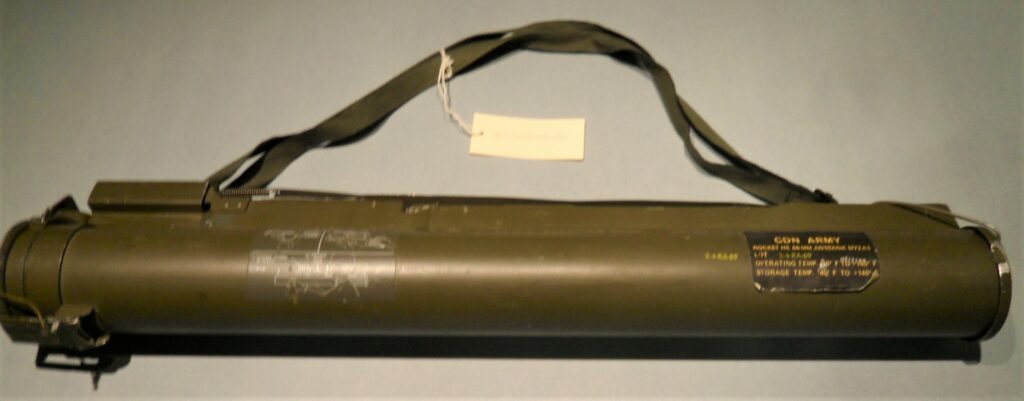
This 1960s infantry weapon is a single shot rocket launcher. [Fig. 1] You would sling it over your shoulder until you needed to fire it. The end cap was secured by a safety pin [Fig. 2] that would be pulled out before extending the tube for arming. The soldier would hold the tube across the body with two hands and snap the tube sections outwards to arm it. Rear and fore sights would pop up, and the rubber trigger pad and safety are exposed. [Fig. 3]
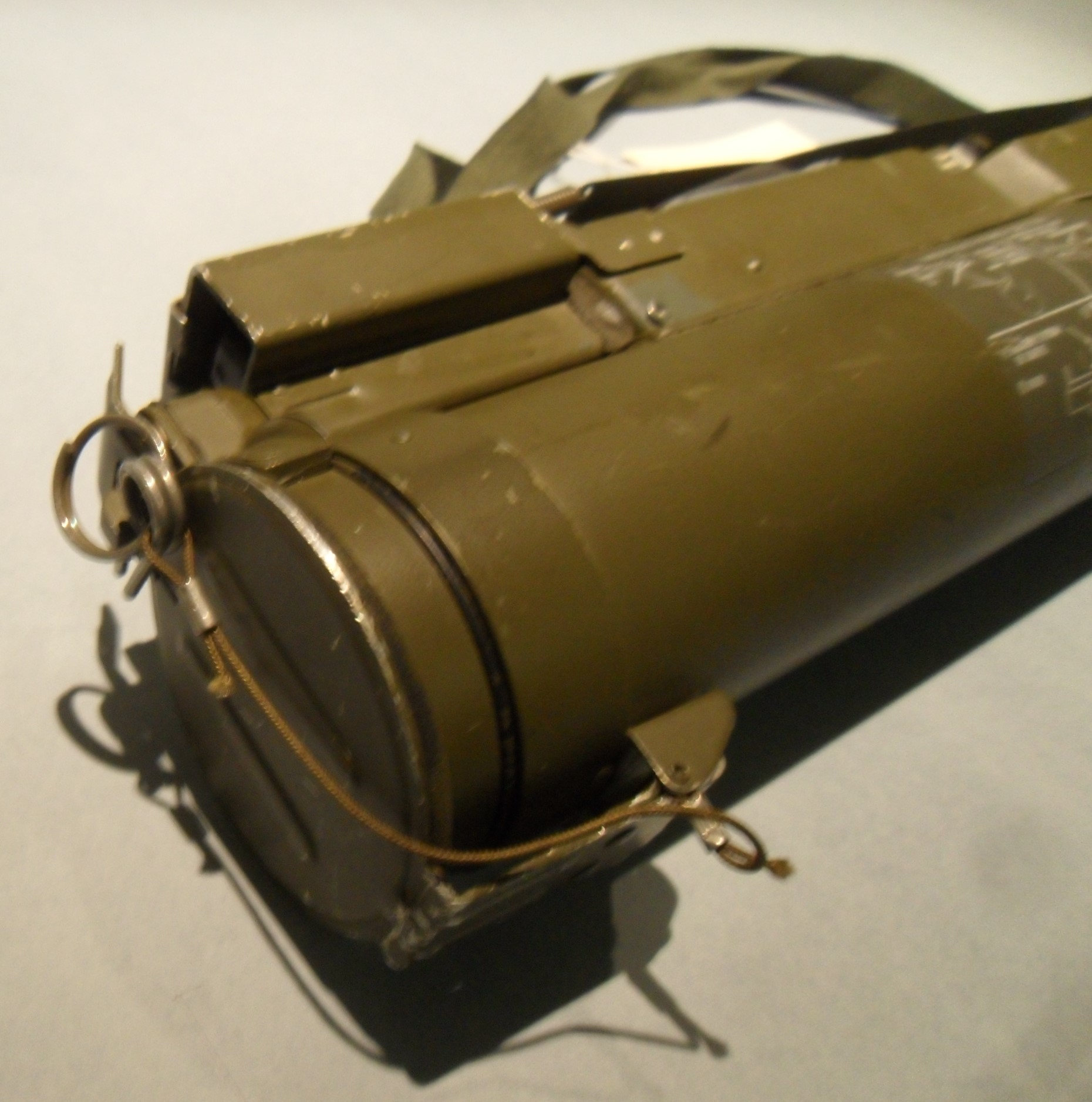
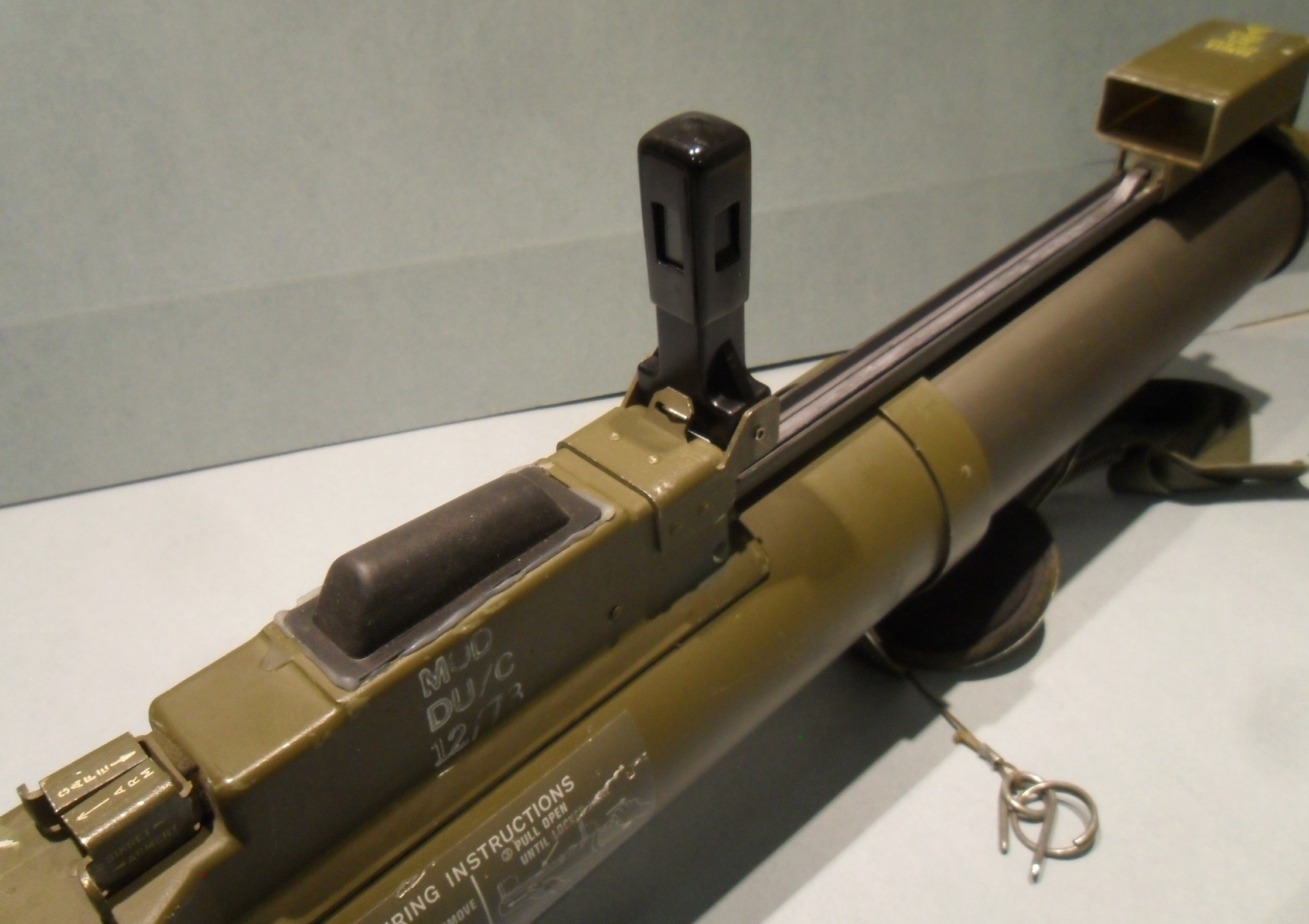
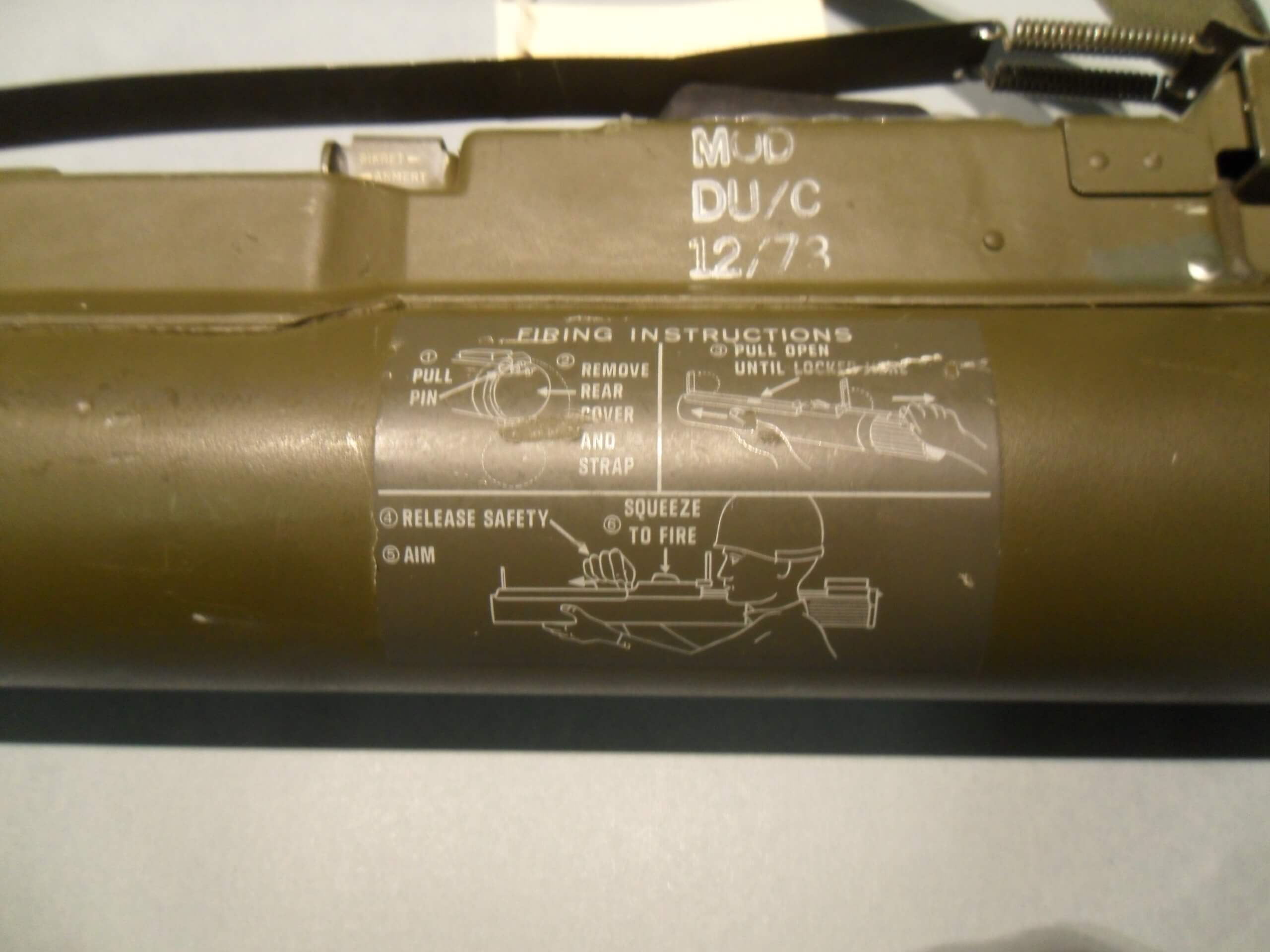
A little pictogram [Fig. 4] on the tube gave instructions for firing. First, the safety clip near the trigger pad is pulled out and the tube placed on the shoulder to peep at the target through the sights. Many firearms are fired from the shoulder like a rifle, but you had to remember to place the tube on your shoulder [Fig. 5] because the flame from the rocket goes out the back as it accelerates ahead. [Fig. 6] Pressing down firmly on the trigger pad ignited the unguided rocket that would fly to the target.
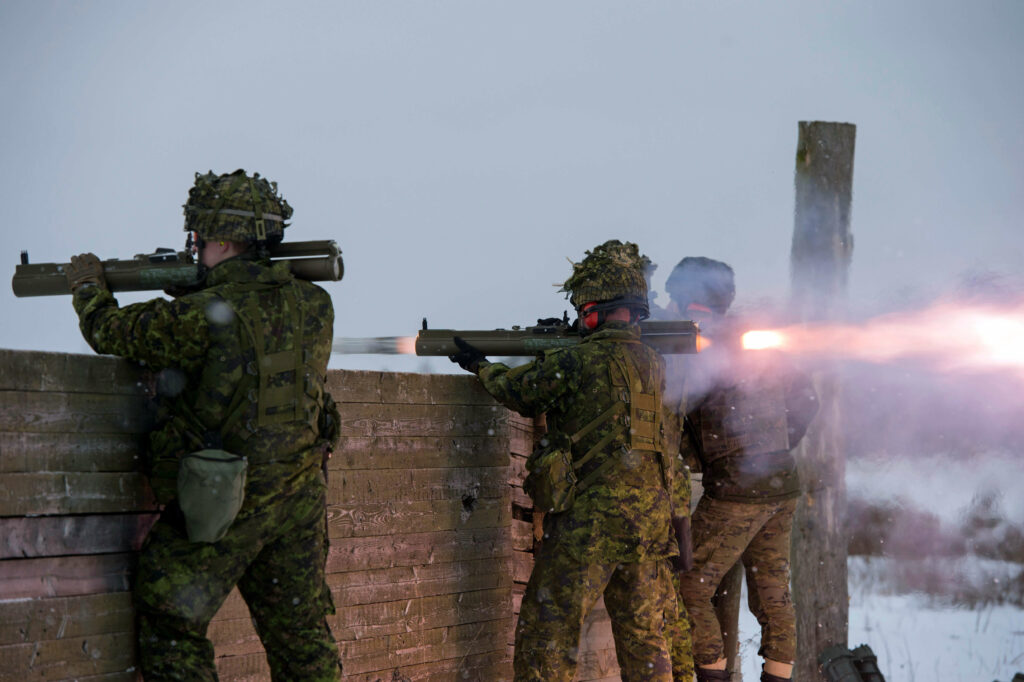
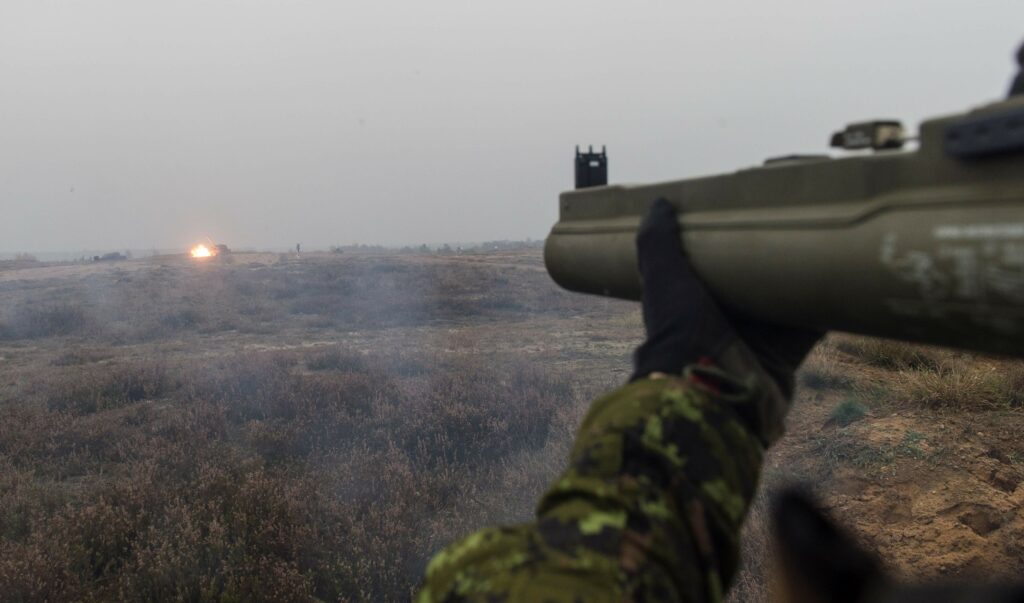
The 66mm High Explosive Anti-Tank warhead has a ‘shaped charge’ which means that the explosive blasts forwards into a metal cone to focus the kinetic energy onto a much smaller area of the armour plating of the vehicle, causing it to punch a hole through the armour and sprays molten metal around inside injuring the crew, igniting fuel, and maybe detonating the stored ammunition. [Fig. 7]
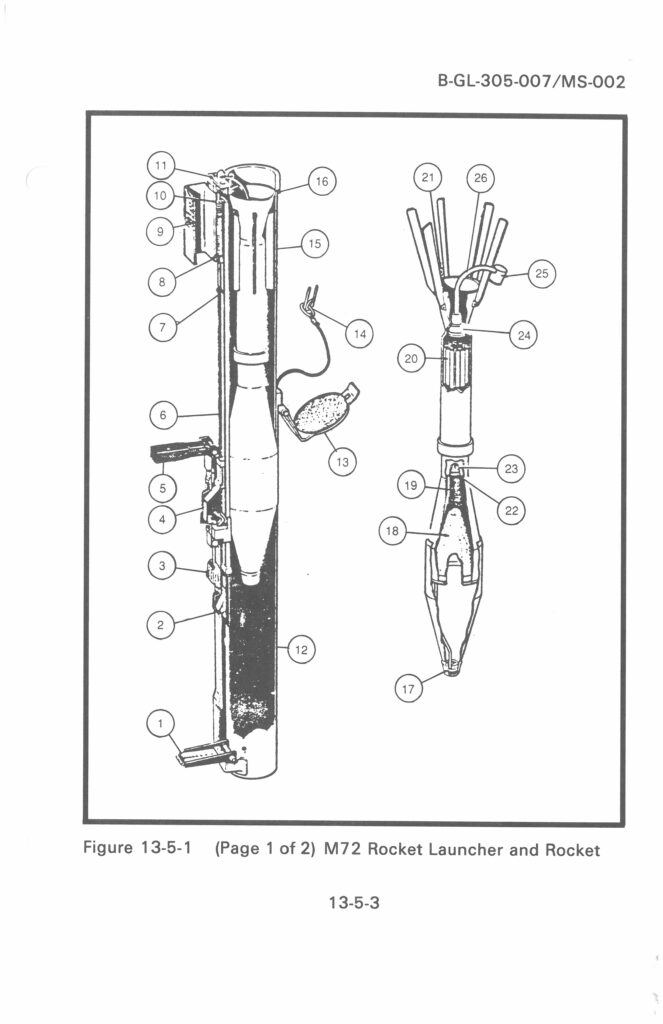
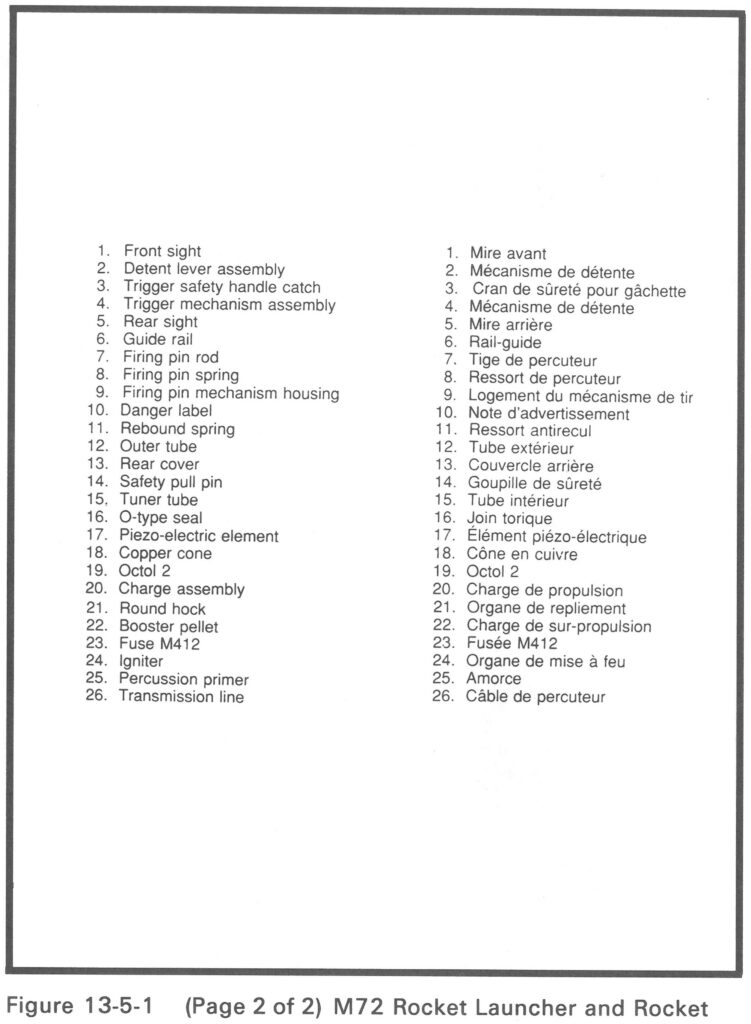
The rocket motor burns all its fuel before it exits the tube, and inertia carries it to the target as the folded fins extend to stabilize its flight. Its effective range is 350m, weighs 1.15 kg with a closed length of 68 cm and extended length of 80 cm. The launcher tube is then discarded after firing.
Diagram Fig. 7: Armour, Vol 7, User Manual – Cougar, Part 2 Armament; 1989; B-GL-305-007/MS-002; Department of National Defence Canada, Ottawa; pgs. 13-5-3%4



